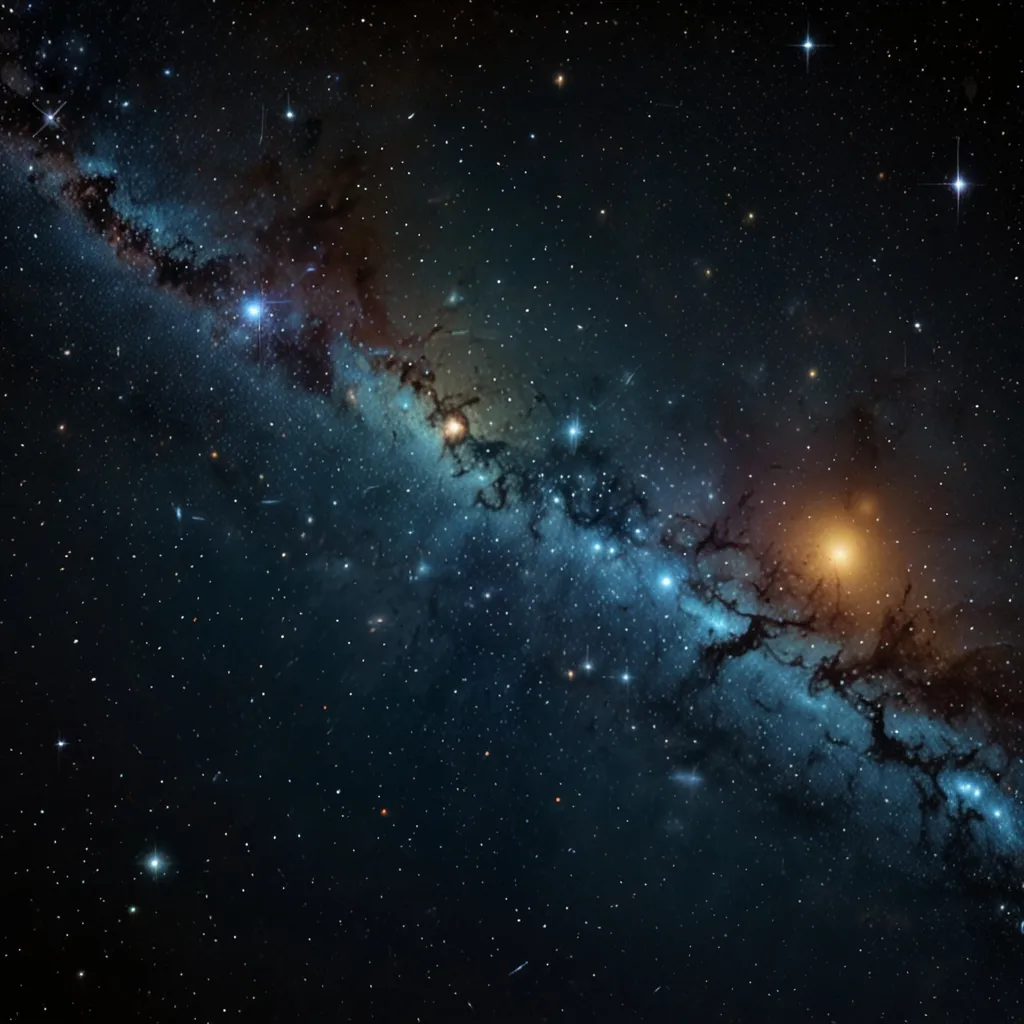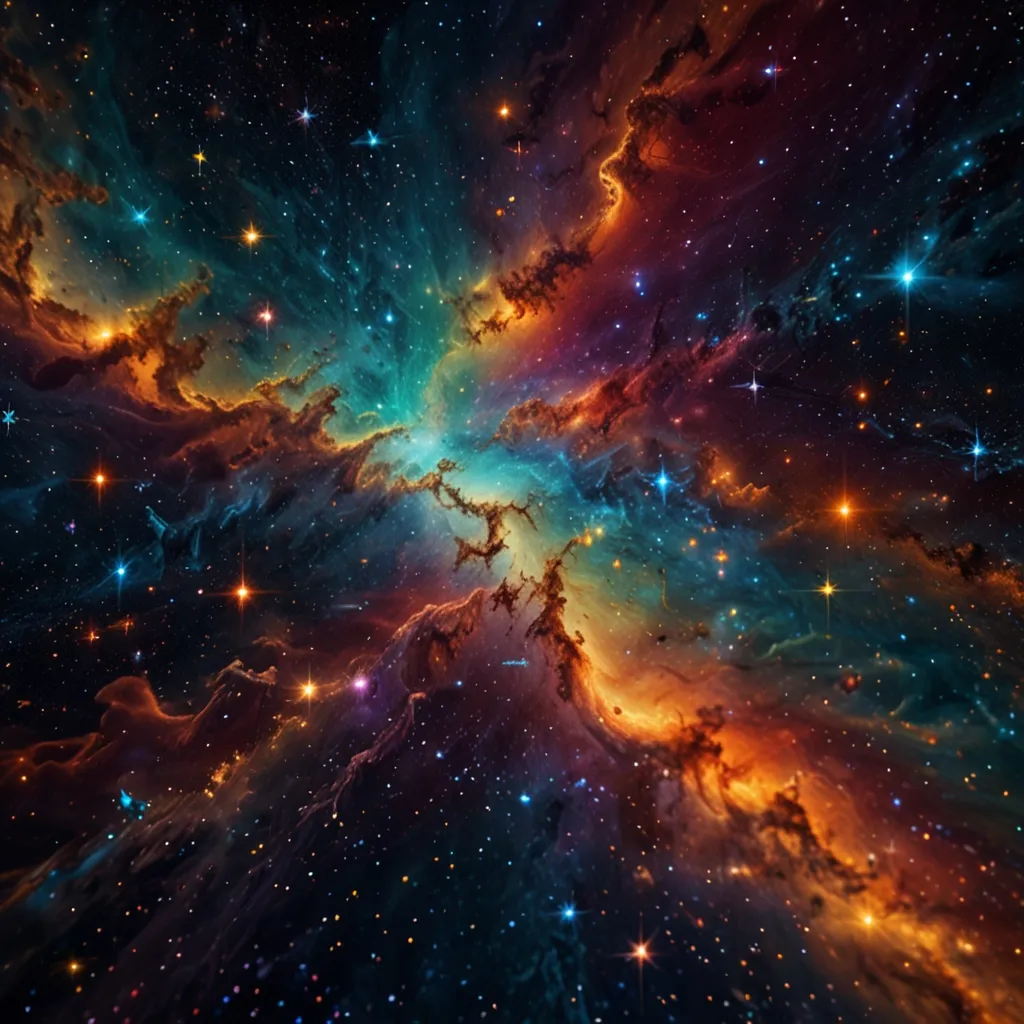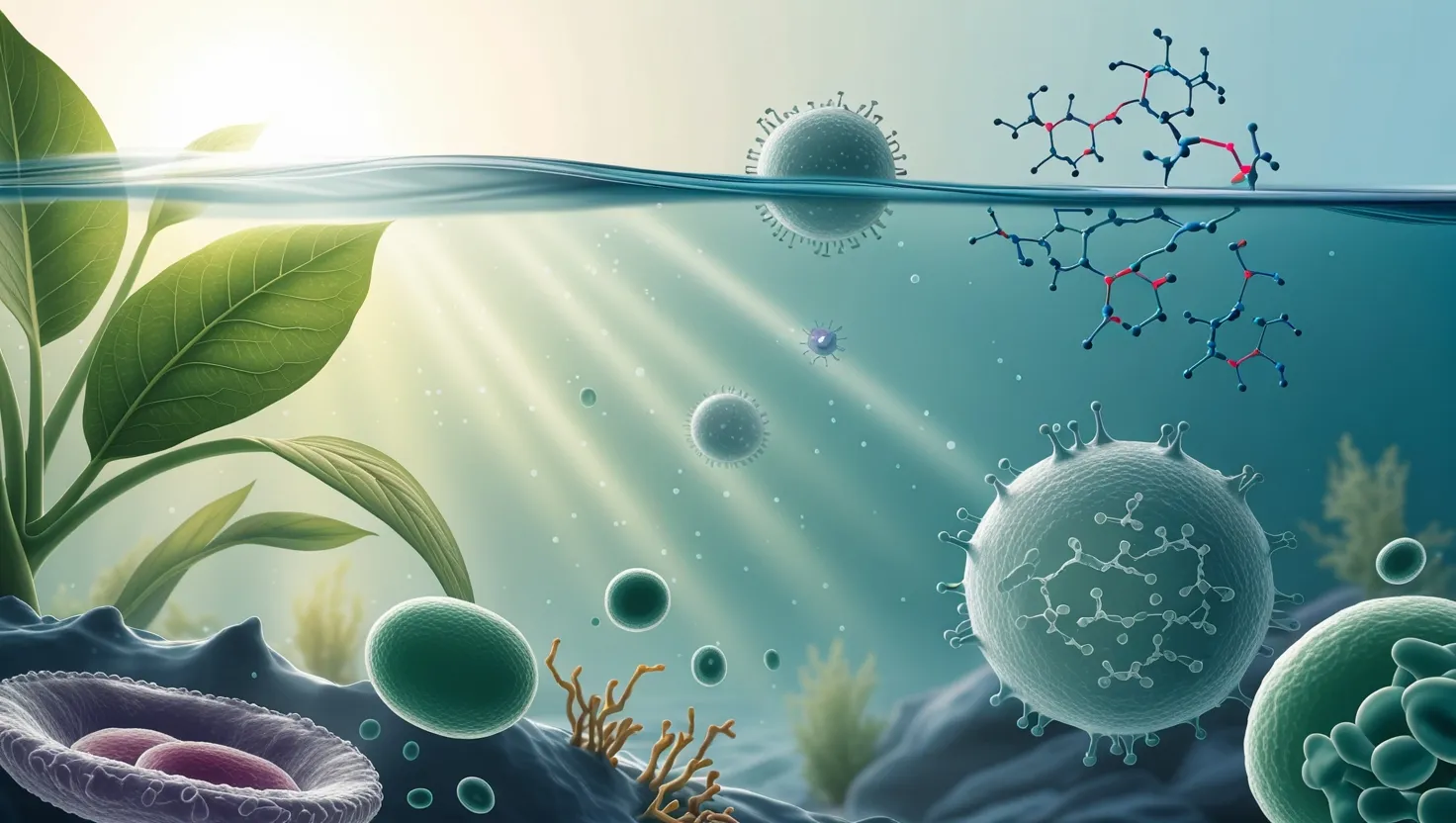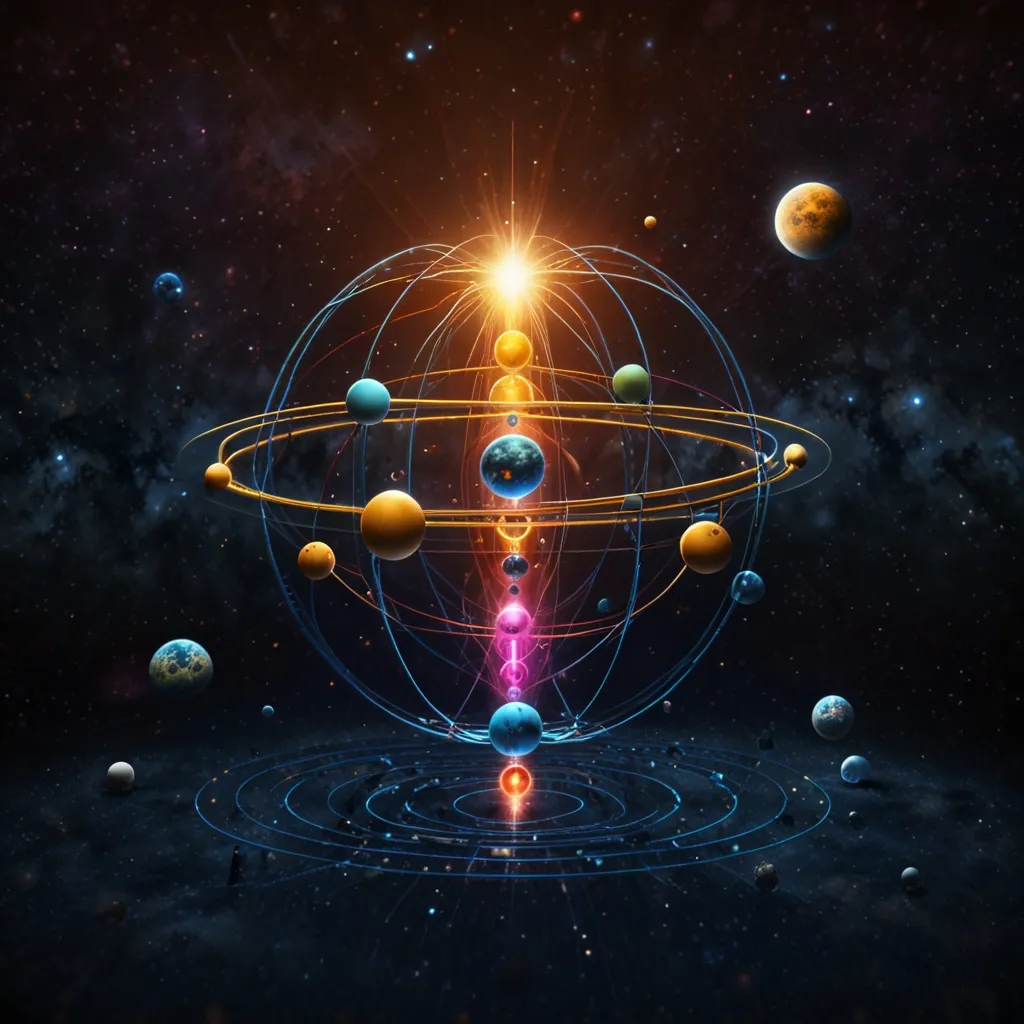In a previous exploration, we delved into the mind-bending concept of the Planck length—the tiniest scale in the universe, around 1.6 x 10^-35 meters. To put it into perspective, if an atom were the size of Earth, the Planck length would still be smaller than a proton. But today, let’s flip the script and look at the vastness of the cosmos.
Think about our neighbor Proxima Centauri. If the Sun were the size of a basketball, Proxima Centauri would be about 4,500 miles away, akin to it being on a basketball court in Moscow if you were playing in New York City. And there are roughly 10 sextillion stars in the universe, spaced similarly apart.
Let’s scale up from human-sized objects, about one to three meters tall, like bicycles or sunflowers. Go a hundred times bigger, around 100 meters, and you’re looking at the size of a Boeing 747 or an American football field. Jump to a thousand meters, and you match structures like the Burj Khalifa or even the length of Vatican City.
Now, consider even larger scales. At one million meters, you’re at the size of regions like California or Italy. Pluto fits in here too, with a diameter of 2,300 kilometers. A billion meters across surpasses the size of planets—Earth is about 12,742 km in diameter. This scale dwarfs even Jupiter, our giant neighbor, which is 140,000 kilometers wide.
As we scale up to a trillion meters, we encounter Betelgeuse, a red supergiant star approximately 1.2 billion kilometers in diameter, and VY Canis Majoris, the largest known star at about two billion kilometers.
Going up again, to one quadrillion meters, we reach the boundary of our solar system with the Oort cloud. This massive shell of comets starts around one trillion kilometers from the Sun and extends to about 15 trillion kilometers.
A light-year is 9.4 quadrillion meters. At one quintillion meters, or roughly 100 light-years, we start to view our Milky Way galaxy, home to about 250 to 400 billion stars, and spanning about 106,000 light-years.
One step further, to scales of 10^21 meters, and we’re looking at superclusters. Our Virgo supercluster includes the Milky Way and Andromeda, spanning about 110 million light-years. But when you extend to the furthest limits of all we can see, the observable universe has a diameter of about 93 billion light-years.
Given that the universe is only 13.8 billion years old, why isn’t it 13.8 billion light-years across? This expansion is due to the cosmological redshift and the universe’s continuous expansion over time. Today, superclusters of galaxies are about 46.5 billion light-years away, giving us a visible universe that’s 93 billion light-years in diameter.
Interestingly, dark energy discovered in 1998 suggests that this expansion is accelerating. So while the speed of light is indeed the cosmic speed limit, this limit applies to objects within space, not the fabric of space itself, which can expand faster.
But could the universe be infinite? The Cosmic Microwave Background, the leftover glow from the Big Bang, offers clues. It suggests the universe is flat. If error margins are considered, however, the universe might have a slight curvature, indicating a possible finite size exponentially larger than what we see.
Though the idea of an infinite universe is still debated, what remains certain is that the universe extends far beyond what our most powerful telescopes can observe. The observable universe is but a small bubble, and beyond it lies an expanse we can only infer from the light that reaches us.
While infinities in science often signal a misunderstanding or an error, our current best guess suggests an immense, if not infinite, universe. It’s akin to a sailor on a vast ocean, with the stars as his only guide, trying to grasp the extent of the water around him.
That’s the incredible scale of the universe— a vast expanse that challenges our understanding and fuels our curiosity.






